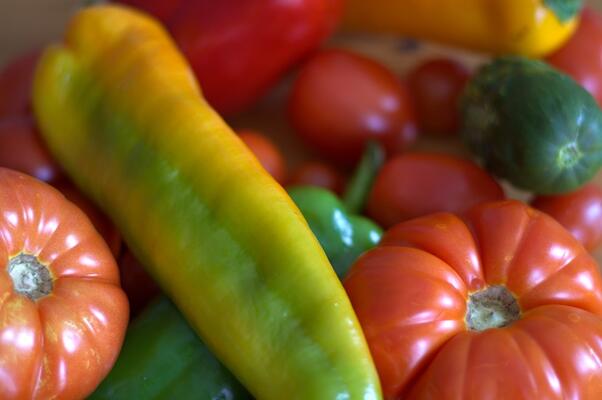
What did the Middle East and North Africa trade in 2017?
In recent years, the Middle East and North Africa (MENA) region has faced several economic challenges coupled with political instability. These changes have reshaped the region’s role in global trade.
Since the MENA region includes some of the top producers of mineral fuels, mostly oil and gas, it is perhaps not surprising that this commodity accounts for roughly two-thirds of the region’s total exports. Precious metals and plastics are among the region’s other major exports, representing 11% of overall exports. Low oil prices also saw the region’s total exports decline from nearly $1.4 trillion to less than $1 trillion in 2017.
Still, the MENA region combined recorded a $47 billion surplus in trade in goods in 2017. Saudi Arabia enjoyed the highest trade surplus of more than $93 billion, whereas Egypt had the largest trade deficit of around $40 billion.
Despite the existence of multiple intra-regional trade agreements between the countries of the MENA region, intraregional trade continues to be low compared with other regions.
For instance, in the European Union, intra-regional trade accounts for around 63% of total exports. In the MENA region, the intraregional trade is accounts for a mere 9% of all exported goods.
Saudi Arabia and the United Arab Emirates (UAE) are the largest exporters in the MENA region, accounting for roughly 45% of total exports. These two countries are also the top importers, making up more than 42% of the region’s imports. The EU is the main supplier to the MENA region, accounting for almost 30% of the region’s overall imports.
At the national level, China is the major market for the MENA region imports, with around 16% of all imports.
Some economies in the MENA region are heavily reliant on the export of mineral fuels. In 2017, mineral fuel exports accounted for more than 90% of total exports of Algeria, Kuwait and Libya.
Still, the MENA region’s contribution to global trade is not just about hydrocarbons. For instance, Morocco and Jordan are the world’s largest exporters of phosphate.
Together, they account for more than half of the world’s total exports. Meanwhile, Sudan is the world’s biggest exporter of live sheep and goats, with nearly 30% of the global exports. In addition, as re-exporters, Israel and the United Arab Emirates are among the world’s biggest exporters of diamonds, with a combined share of 20% of exports.
However, according to ITC’s Export Potential Map, there are plenty of opportunities for the MENA countries to boost their exports. Exporting more pharmaceutical products could be an option. Our data suggest that the region’s combined untapped export potential of medicaments is worth an estimated $11 billion. Precious metals, and fruits and vegetables could be other options: the untapped export potential in precious metals is estimated at around $10 billion across the MENA region and $7 billion could be added to exports by producing and shipping more fruits and vegetables.
Explore more trade data on Trademap.org
Explore more export potential on Exportpotential.intracen.org



